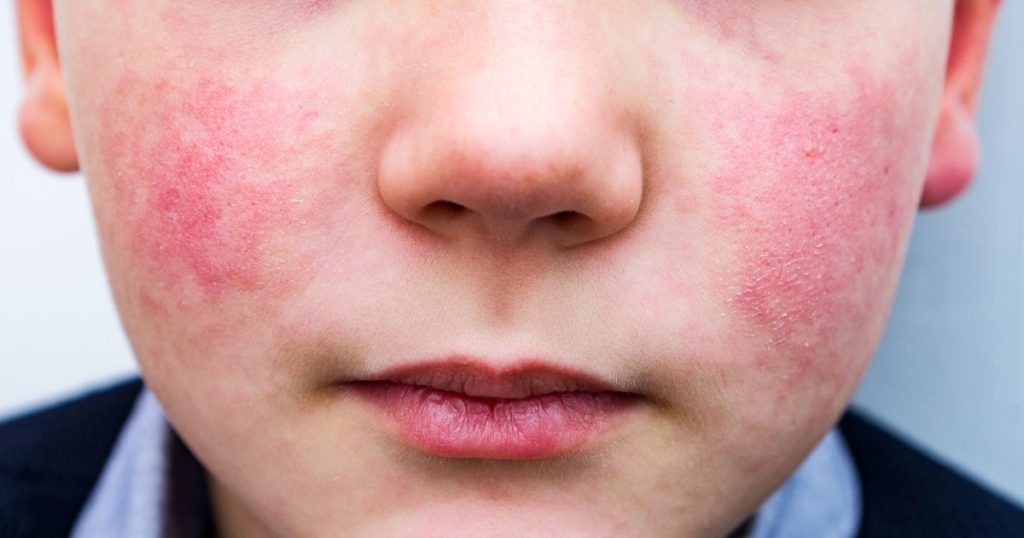Human parvovirus B19, also known as “slapped cheek disease,” is increasing in the United States, particularly among young children. The CDC issued a health advisory warning about the virus, with the most cases among children ages five to nine. The proportion of people with antibodies for the virus has increased significantly recently, particularly in this age group. There have also been reports of complications associated with parvovirus B19 in pregnant individuals and those with sickle cell disease. This increase in cases comes after a surge of cases in Europe during early 2024.
Parvovirus B19 is a common and highly contagious respiratory infection, most common in late spring and summer. It is often called “slapped cheek disease” due to the facial rash it causes, but it can also be referred to as “fifth disease.” The infection is usually mild or asymptomatic, but it can cause more severe illness in certain individuals, including pregnant people, those who are immunocompromised, and those with certain blood disorders. The virus is spread through respiratory droplets from coughing or sneezing, and through close personal contact. Adults in the U.S. are often immune to parvovirus due to previous infections during childhood.
Symptoms of parvovirus B19 infection may include fever, headache, cough, sore throat, rash, and joint pain. The characteristic “slapped cheek” rash is most common in children, and can also appear on the chest, back, arms, and legs. The rash typically lasts up to 10 days and may come and go for several weeks. In adults, joint pain and swelling are more common symptoms, which can last from a few weeks to a few months. Most people recover completely from parvovirus B19, but complications can occur in certain individuals, including adverse effects on pregnancy, chronic anemia, and severe blood count drops.
There is no specific treatment or antiviral therapy for parvovirus B19, and most people will recover on their own. Treatment focuses on symptom management, such as over-the-counter pain relievers and fever reducers. For those with anemia, blood transfusions or other therapies may be necessary. Parvovirus B19 is different from the parvovirus that infects animals, such as dogs, and does not spread between humans and pets. Preventing parvovirus B19 involves basic hygiene practices, such as frequent handwashing, covering coughs and sneezes, avoiding contact with sick individuals, and keeping sick children at home.
Overall, the increase in parvovirus B19 cases in the United States is a cause for concern, particularly among young children. Understanding the symptoms, transmission, and prevention measures for this viral infection is important in order to reduce its spread and prevent complications in vulnerable populations. Public health efforts, including the issuing of health advisories and increased awareness, are crucial in addressing the rising cases of parvovirus B19 and protecting the health of the community.













